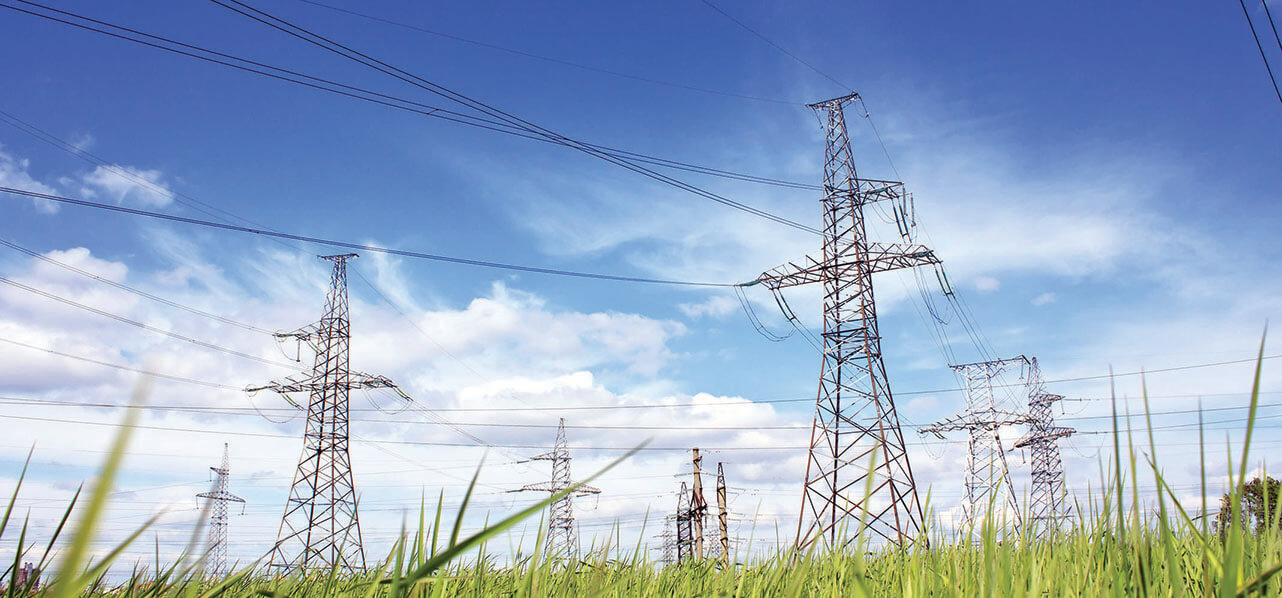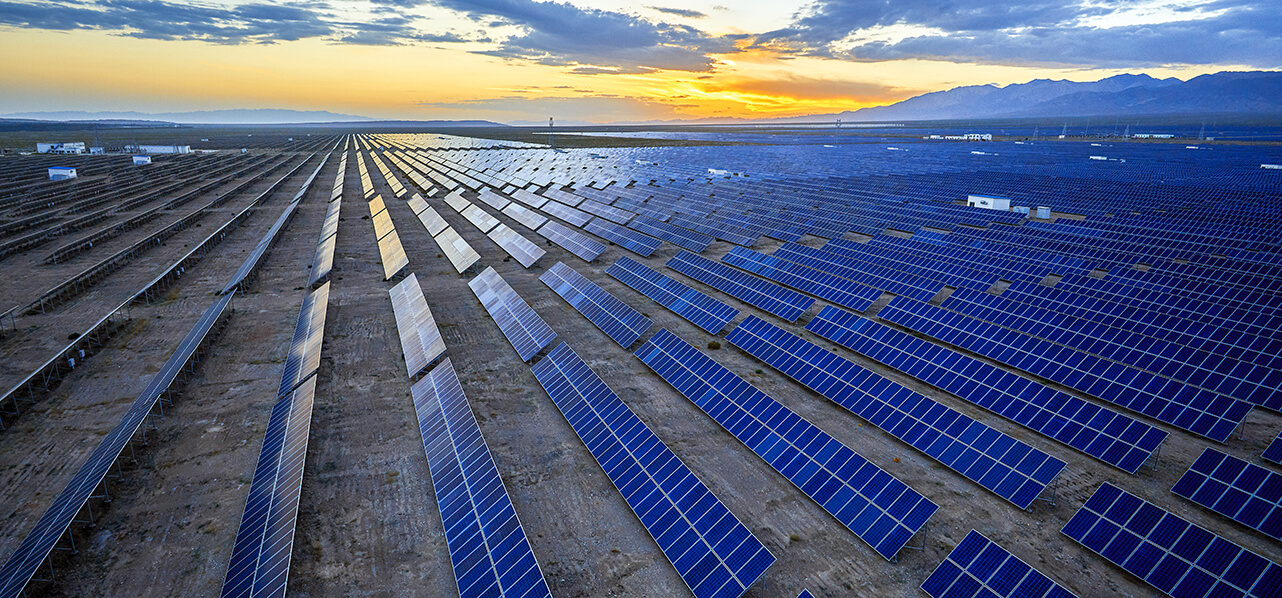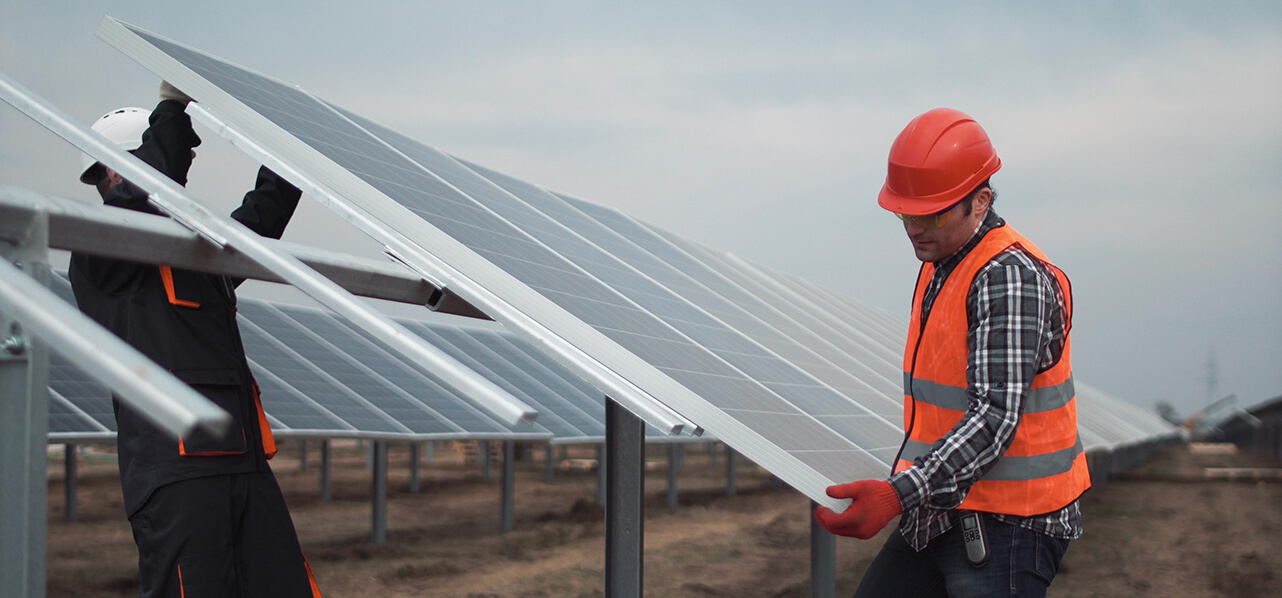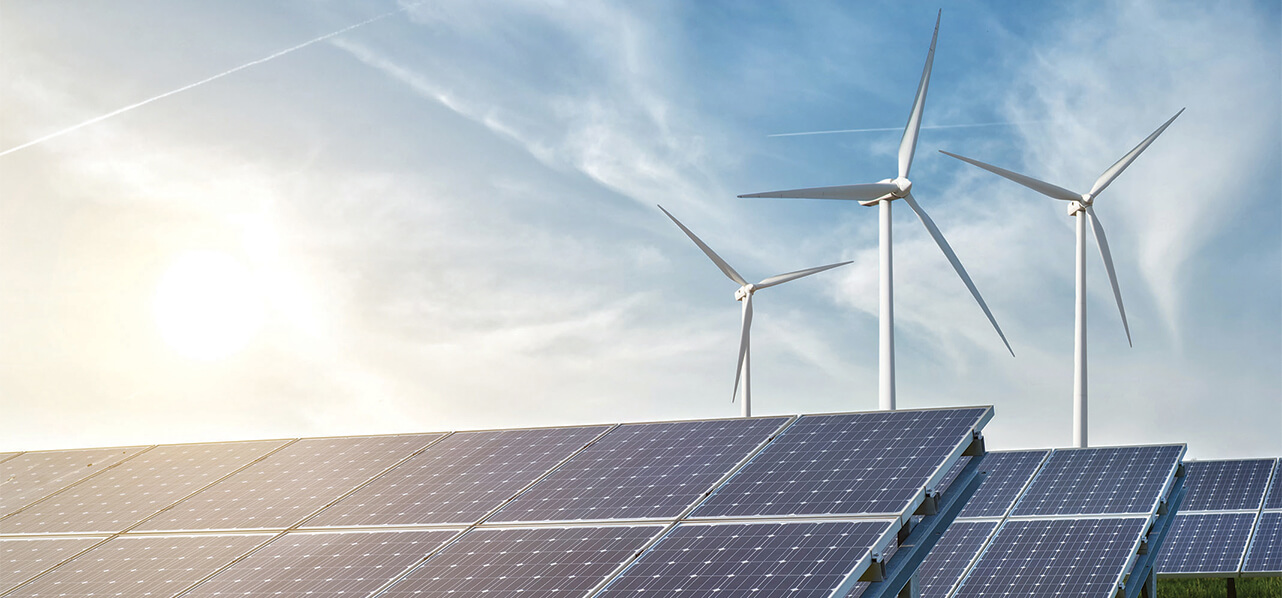On 17 July 2020, the Spanish Ministry of Ecological Transition and Demographic Challenge issued the Draft Royal Decree on Access and Connection to the Electricity Transportation and Distribution Grid (the “RD Proposal”) for a 12-day public consultation period to obtain additional input from interested persons or entities.
The RD Proposal reviews the regulatory framework for access and connection to the electricity grid. Its primary purpose is to establish the criteria for applying, processing and obtaining permits for access and connection to the transportation and distribution grid under, and in accordance with, the development of Article 33 of Law 24/2013 on the Electricity Sector (the “LSE”). This will affect producers, consumers and storage facility owners, as well as the owners and system operators of the transportation and distribution grid.





